7 Famous 'True Story' Movies with Questionable Accuracy

Some of these might seem obvious, but others may surprise you.
-
The Amityville Horror (1979)
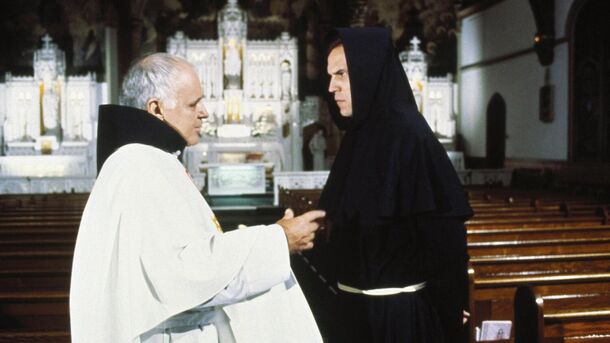
The Movie Says: A family moves into a home that had been the site of a grisly mass murder, and soon realize the house is incredibly haunted. The movie is based on the bestselling 'non-fiction' book.
In Real Life: After the previous inhabitants of a certain Amityville house were murdered, the Lutz family moved in – though they were worried about making the mortgage payments on the $80,000 home (just under half a million dollars today).
The idea of writing a book about the house being 'haunted' post-murder was actually proposed by the killer's lawyer, who thought it would make a pile of cash.
Long story short: the book got published and sold 11 million copies, the Lutzes got rich off of their lie, and nobody else who lived in the house ever experienced paranormal activity. So 'The Amityville Horror' isn't based on a true story so much as it's based on a total hoax.
-
The Blind Side
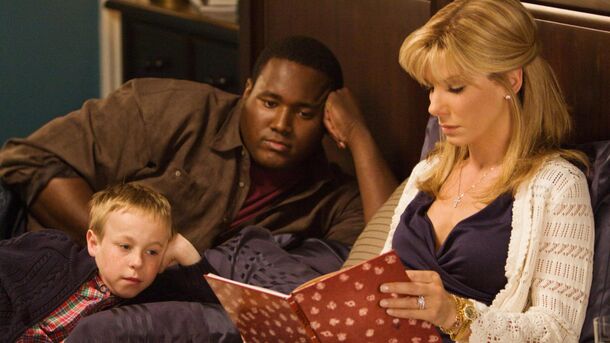
The Movie Says: When 16-year old Michael Oher was taken in by the Tuohy family, he was a simple-minded boy who didn't know how to play football. The Tuohy family introduced him to the sport, looked after him in spite of his slow ways, and adopted him.
In Real Life: Oher is quite intelligent, and was already an incredible football player when he started playing for his high school team. Although the Tuohy family did take him in, they didn't adopt him – instead they established a conservatorship, giving them the ability to make financial decisions on his behalf.
All of this made headlines in 2023 when Oher sued the Tuohy family.
-
Pearl Harbour
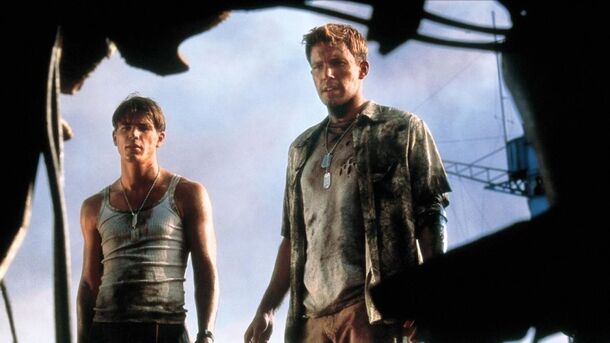
Historians would need an entire Ted Talk to describe all the historical inaccuracies in this movie – the costumes, the ships, the flags, the confusion of the Air Force and the Navy, Franklin D. Roosevelt not trying to hide his physical afflictions (which he took great care to do in real life), the existence of trans-Pacific radio calls, the claim that the Doolittle Raid was the turning point of the war, and especially the shots of Japanese pilots bombing a civilian hospital.
In real life, Japanese fighters actually avoided civilian casualties at all costs, even if it meant maneuvering their planes onto more dangerous paths. Michael Bay made the change so that the attack felt more 'barbaric'.
-
Catch Me If You Can
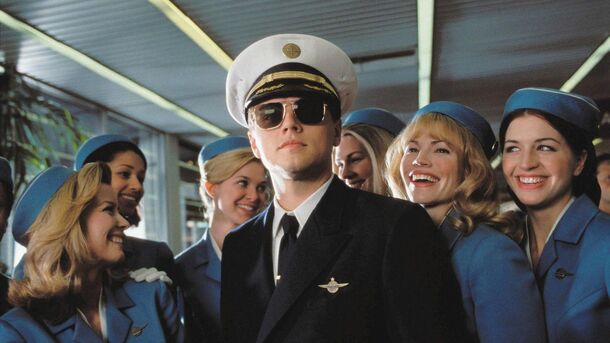
The Movie Says: Frank Abagnale Jr is a con man extraordinaire, who:
- Passed the bar exam
- Passed himself off as a pilot, doctor, lawyer, and sociology professor
- Forged millions of dollars worth of cheques
- Escaped from the FBI via an airplane toilet
- Became a consultant for the FBI and one of the world's leading experts on forgeries
In Real Life:
- That's all bullshit
To be fair, the movie is based on Frank Abagnale Jr's memoirs. So the writers probably thought they were telling a story based on real life… but Abagnale's biggest con was pretending that any of this was true.
-
The Woman King
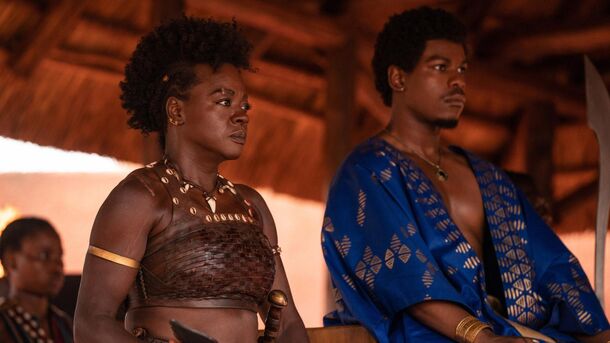
In The Movie: A fierce group of all-female warriors in the West African Kingdom of Dahomey fight against slave traders and free enslaved women.
In Real Life: There really was a fierce group of all-female warriors in Dahomey, and they really were called the Agojie. But Dahomey was a nation that profited off of slavery, and the Agojie actually went to war against those who tried to end the international slave trade.
Yikes.
-
Braveheart
.jpg)
It might be shorter to write a list about what ISN'T wrong in Braveheart, a movie that has often been called the most historically inaccurate of all time.
William Wallace was a real guy, but the rest of it is pretty much all incorrect. Wallace wasn't a humble farmer, he was a noble. His motivations were political, not personal. (No, the right of Jus Primae Noctis wasn't a thing, and his wife wasn't killed over it.) Wallace wasn't called Braveheart – that was Robert the Bruce – the face painting wasn't a thing back then, and Wallace definitely didn't impregnate Isabella of France, who was a) in France at the time, and b) three years old.
There's more – way, way more – but you get the idea.
-
10,000 BC
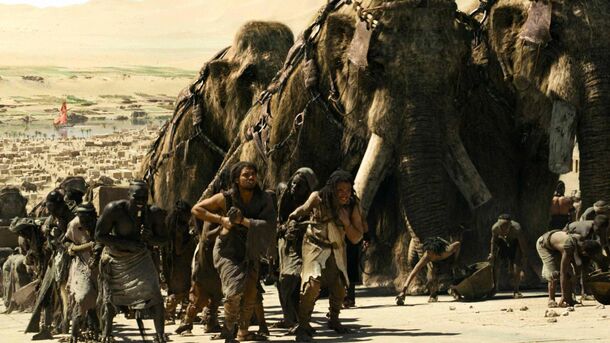
It may surprise you to learn that no – woolly mammoths were not harnessed and used to build the pyramids.
'Nuff said.